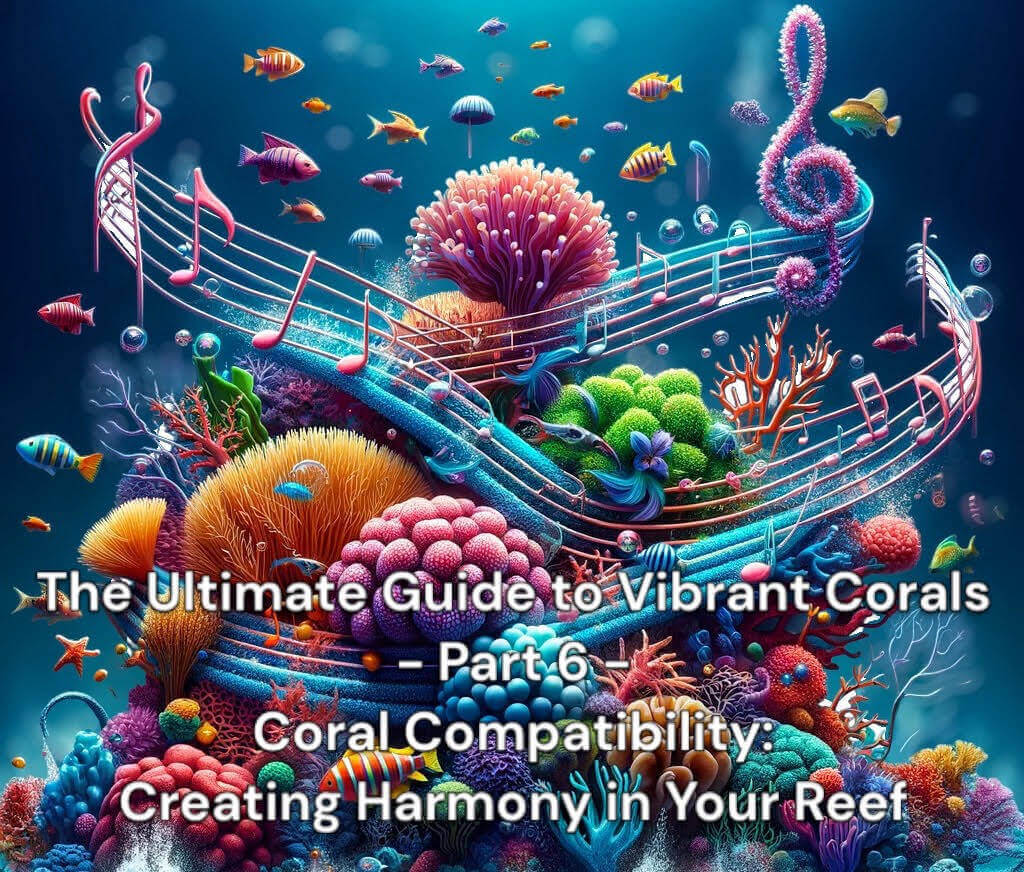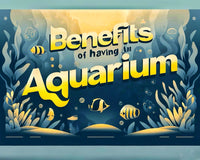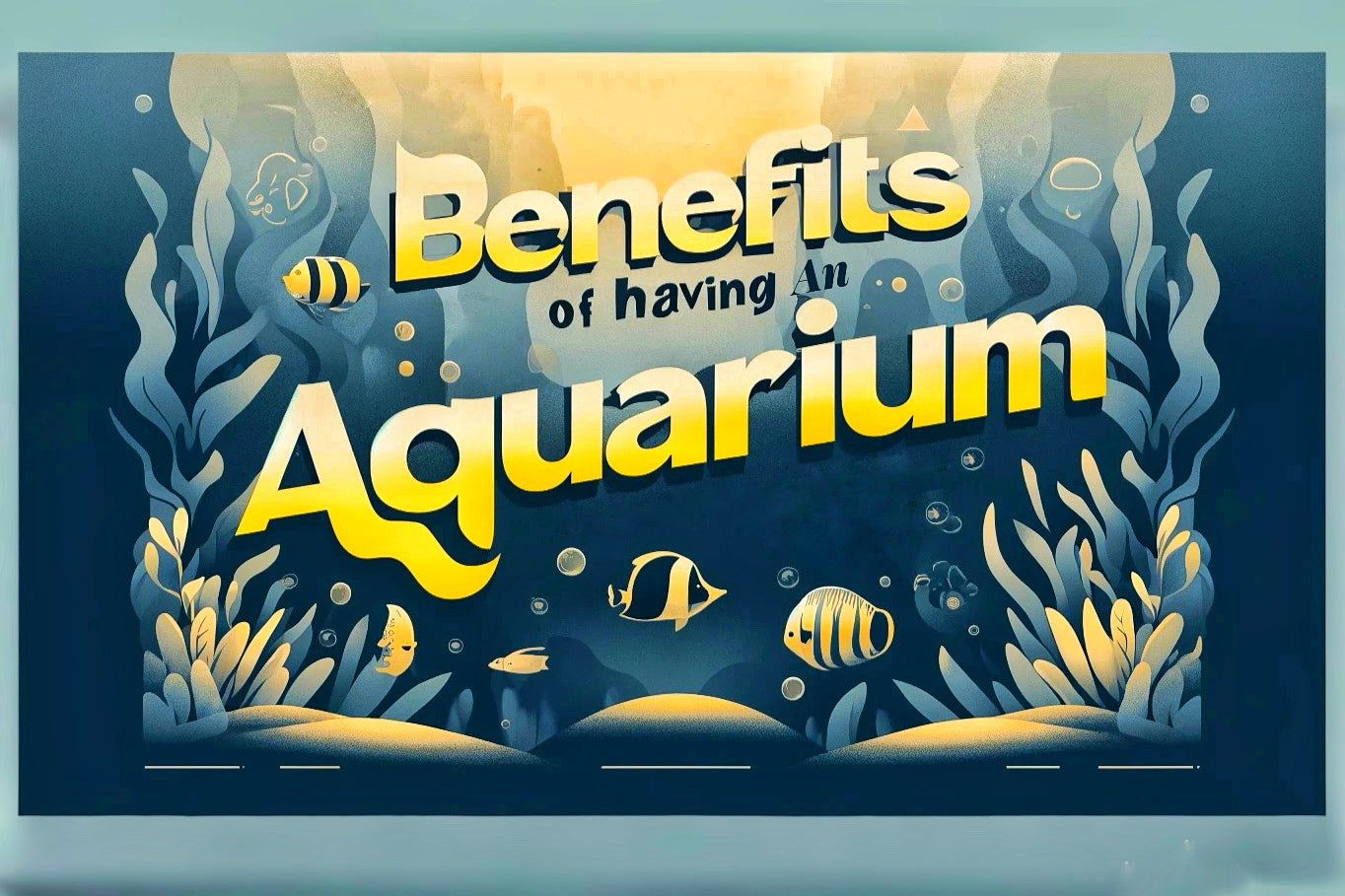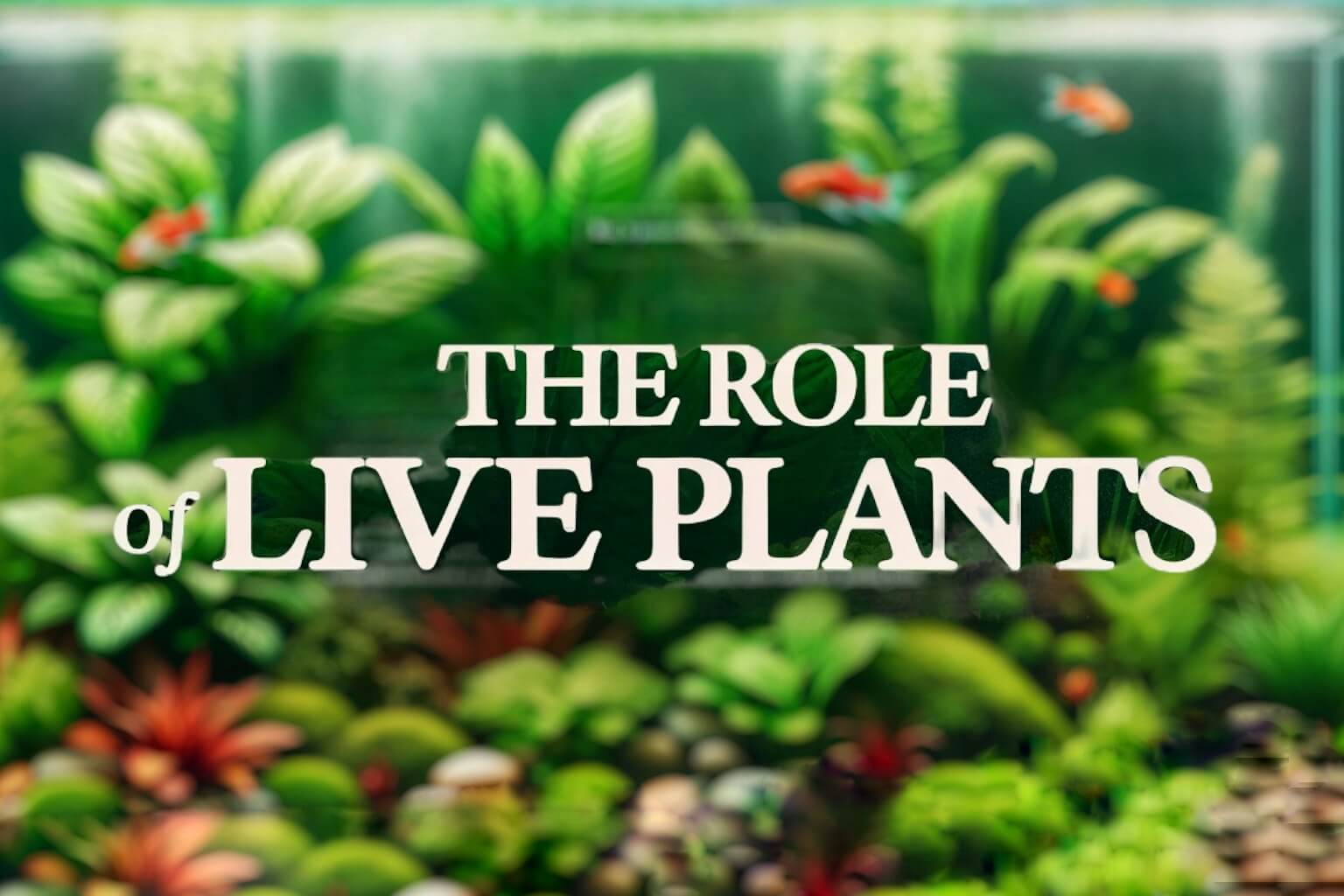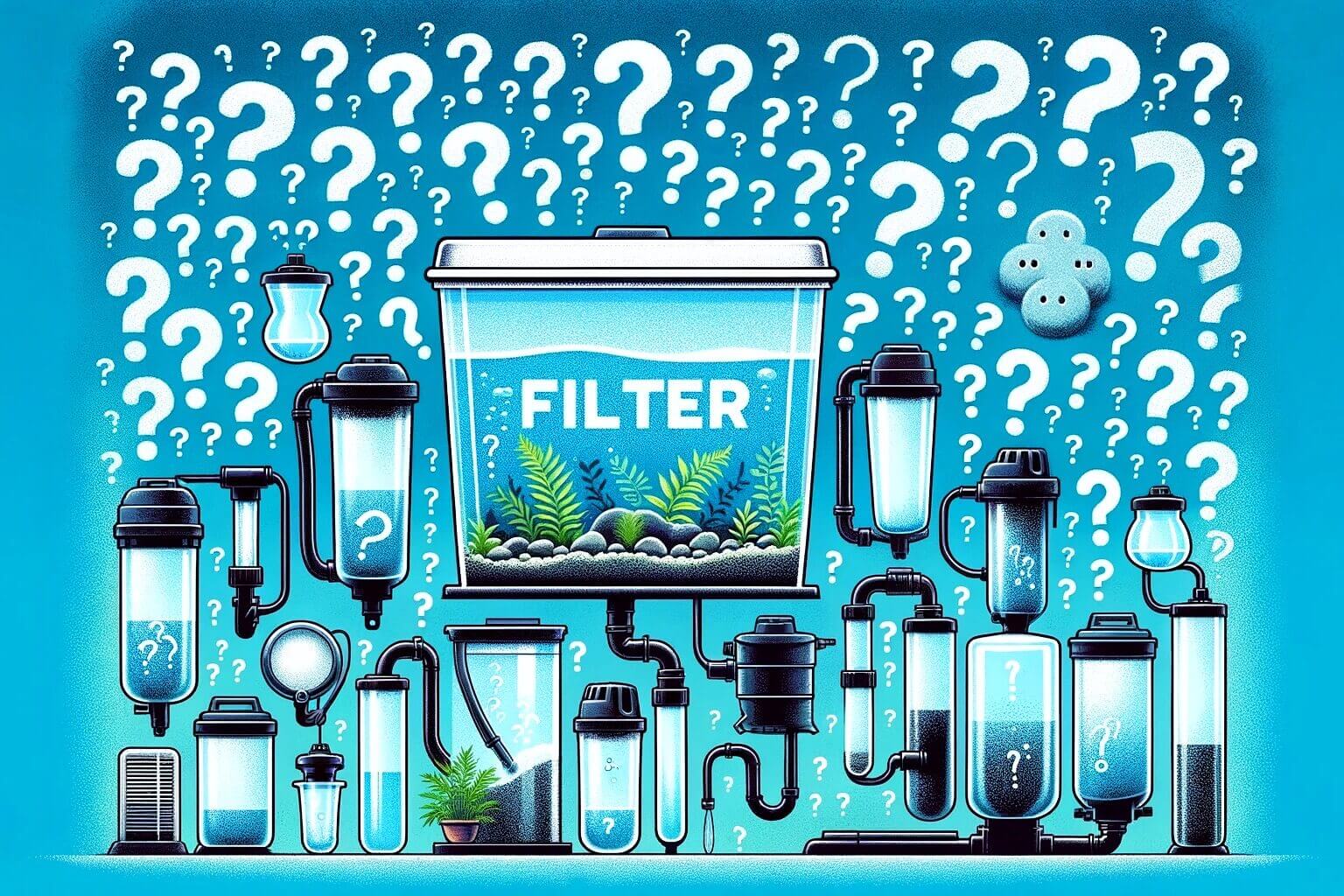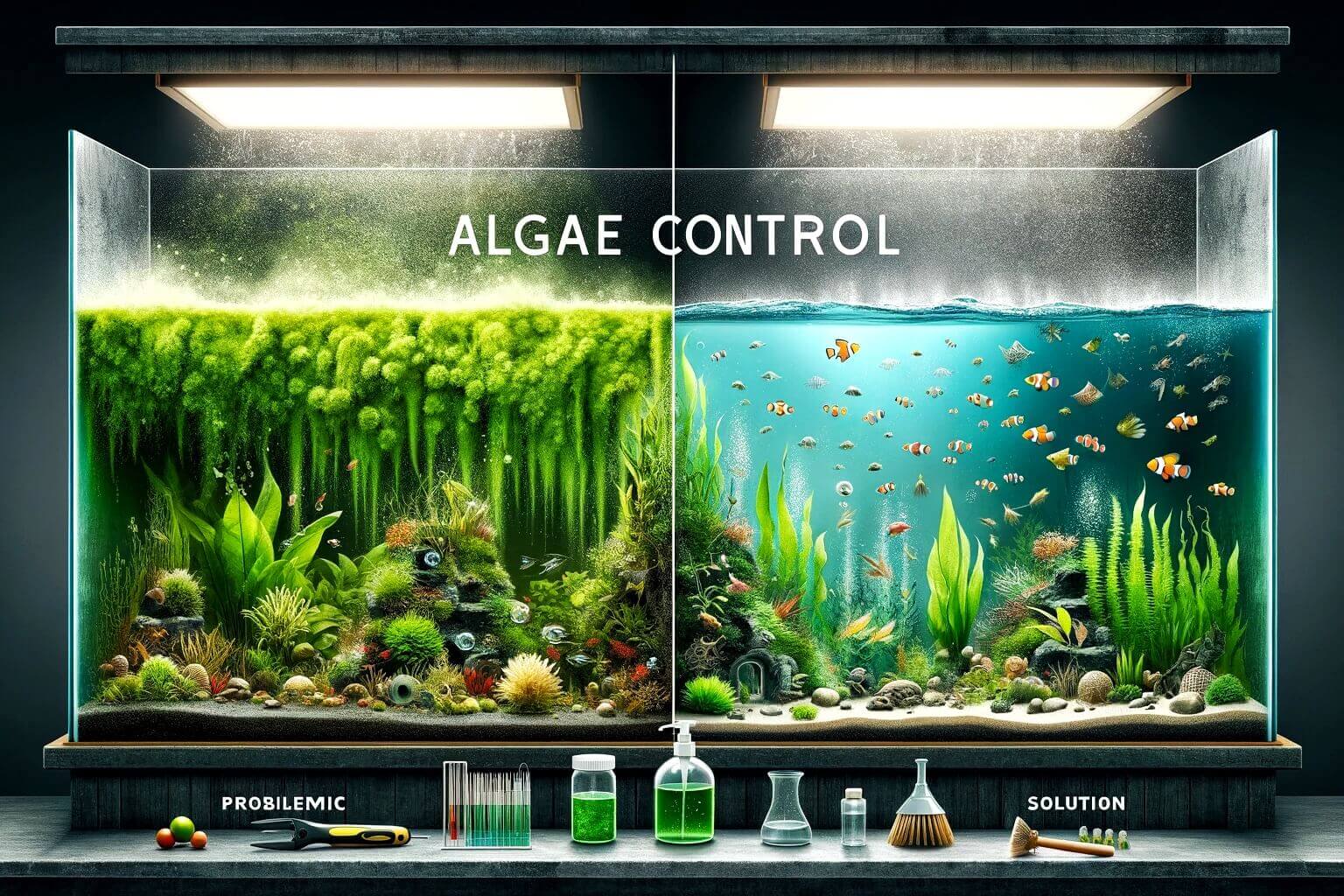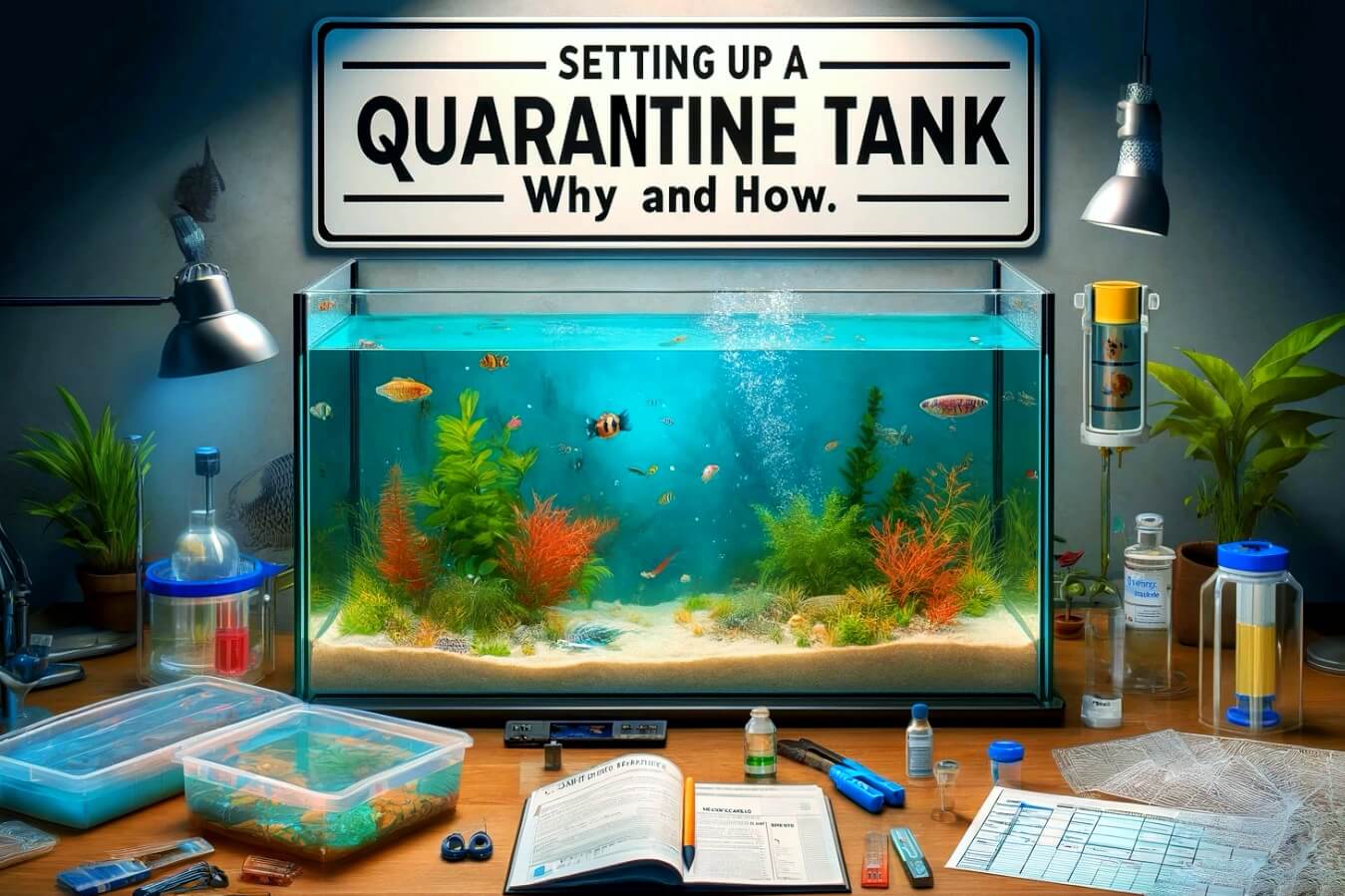The Ultimate Guide to Vibrant Corals
- Part 6 -
Coral Compatibility:
Welcome to Part 6 of “The Ultimate Guide to Vibrant Corals” series. In this segment, we’ll delve into the importance of coral compatibility and how to create harmony among different coral species in your reef aquarium. Selecting and arranging corals strategically is essential for promoting healthy growth, preventing aggression, and maintaining the visual appeal of your reef. Let’s explore the key factors to consider when establishing coral compatibility in your aquarium.
Understanding Coral Compatibility
Coral compatibility refers to the ability of different coral species to coexist peacefully in the same aquarium environment. Certain corals may exhibit aggressive behaviours, such as stinging tentacles or allelopathic chemical warfare, which can harm or inhibit the growth of neighbouring corals. Understanding the compatibility of different coral species is essential for creating a thriving and visually appealing reef ecosystem.
Researching Coral Species
Before selecting corals for your aquarium, research the specific requirements and behaviours of each species to determine their compatibility with one another. Consider factors such as growth rate, lighting and flow preferences, and potential for aggression or allelopathy. Aim to choose a diverse mix of corals that complement each other in terms of colour, shape, and growth habit.
Creating Zones and Microhabitats
Arrange corals in your aquarium to create distinct zones and microhabitats that cater to the specific needs of different species. Place fast-growing, aggressive corals such as certain SPS (small polyp stony) corals in areas with high flow and intense lighting to prevent them from encroaching on slower-growing or more delicate species. Utilise aquascaping techniques such as rockwork and coral placement to create natural barriers and minimise competition between corals.
Monitoring and Maintenance
Regularly monitor your coral reef for signs of aggression, stress, or overgrowth. Keep an eye on corals that may be exhibiting aggressive behaviours, such as extended sweeper tentacles or tissue recession, and take corrective action if necessary. Perform routine maintenance tasks such as pruning overgrown corals and rearranging coral placements to maintain balance and harmony in your reef ecosystem.
Quarantine and Acclimation
Quarantine new coral additions before introducing them to your main display tank to prevent the introduction of pests and diseases. Observe their behaviour and compatibility with existing corals in a separate quarantine tank before making the decision to add them to your reef. When introducing new corals to your main display tank, acclimate them gradually to minimise stress and facilitate smoother integration into the existing ecosystem.
Conclusion
In Part 6 of “The Ultimate Guide to Vibrant Corals,” we’ve explored the importance of coral compatibility in creating harmony and balance in your reef aquarium. By researching coral species, creating distinct zones and microhabitats, and monitoring and maintaining your coral reef, you can promote healthy growth and prevent aggression between corals. In the next instalment, “Part 7: Coral Propagation - Cultivating a Sustainable Reef,” we’ll discuss techniques for propagating and cultivating corals to expand your reef and contribute to coral conservation efforts.
Stay tuned for Part 7 of the series, “Coral Propagation - Cultivating a Sustainable Reef,” where we’ll discuss techniques for propagating and cultivating corals to expand your reef and contribute to coral conservation efforts.

